DRX have solidified themselves as the best VALORANT team in Asia, but it’s been a long road to get there.
From their humble beginnings as Vision Strikers showing up on the international stage for the first time in 2021 to their dominance and command of respect from every team in the VCT Pacific League, DRX have been through a lot. But no team is without issues, and DRX’s newest problem is a surprising one.
Fans who have been following professional VALORANT since its inception will know that DRX, or Vision Strikers as they were known then, were formed initially as a roster consisting entirely of duelist players. Yet now, one of the team’s only weaknesses seems to be the lack of just that—a consistent star duelist.
Duelists are the flashiest type of player in VALORANT. Agents with the title of duelist have abilities that are primarily designed in order for them to get kills, as fragging out is their main objective. On your team, a duelist should often have the most or close to the most kills, and should usually be engaging in fights first. Duelists also often have chaotic movements that make it difficult for their opponents to catch them and fight back.
Everyone on DRX’s main roster initially started out as a duelist player, and while the likes of BuZz and Rb occasionally flex their entry-fragging muscles, the original five members of the roster have moved on to different roles.
Stax is one of the best in-game leaders in all of the VCT, able to make decisive calls and adaptations on the fly. MaKo is known as one of, if not the best, Viper players in the world, and also plays out of his mind on Omen. BuZz locks in a mean Killjoy and Rb is one of the most flexible players in the world, having already locked in nine different agents this year alone.
The team’s original fifth-man was Zest, who usually played initiator, while BuZz or Rb would play duelist. But going into 2023, the first partnered VCT season, it was well-known that DRX had been developing a young superstar player hungry to get on the starting roster.
Foxy9, at just 18 years old, is one of the youngest players in the Pacific League, and is a duelist specialist. Though he didn’t play at LOCK//IN to start off the year, he traveled with the team and proceeded to make his debut during the opening weeks of the Pacific League’s regular season.
In the maps where he’s played well, Foxy9 has succeeded in making a huge impact on DRX’s main roster. He has an average combat score of over 230 on both Jett and Raze. He’s a very flashy player, and often puts himself in risky situations to get maximum value out of his incredible Jett mechanics. Lately, however, this has backfired.
In DRX’s most recent matches, they have suddenly been looking weaker than they had at the beginning of the Pacific League season. It took almost a month for the team to lose their first map, and DRX VALORANT’s CEO said the team’s new goal would be to avoid losing a match. Unfortunately, the team lost during superweek on May 13th, 2-0 to Team Secret, a team that didn’t even make it to playoffs.
Though there is still hope that DRX will be able to breeze easily through playoffs and claim a spot at Masters Tokyo, the question must be asked: What is causing them to lose matchups that should be a cakewalk for them?
It is likely that once the team secured a playoff spot, they started VOD reviewing for the best teams in NA and EMEA instead of preparing for their remaining Pacific League rivals. It was also speculated by casters during their recent loss to Team Secret, that DRX’s coach termi was avoiding taking timeouts on purpose, instead letting stax work on his decision-making while the match was played on.
But a glaring issue with the team as of late seems to be an increase in careless play from Foxy9.
Though he sometimes has great success by playing hyper-aggressively, he has been punished for it more than rewarded lately, and it is costing DRX. Foxy9 has been peeking angles when he doesn’t need to, trying to use an Operator to take engagements in dangerous positions, and has been playing in a way that seems uncoordinated with the rest of his team.
“Foxy, what are you doing, son?” caster Achilios exclaimed during one of DRX’s recent matches as Foxy9 again tried for a solo engagement without his teammates.
The problem is, these plays do work sometimes, and they’re how Foxy9 has already begun to make a name for himself as an innovative Jett player. But if these plays continue to get too sloppy, DRX are going to have a snowballing problem.
It seems like Foxy9 himself is aware of these struggles, even tweeting out a meme after one of DRX’s recent close matches.
The irony in all of this is that DRX have five other players who originally built their foundational VALORANT skills around playing duelists. The original concern for Vision Strikers back in their early days was that the team would not have enough skill at utility usage or macro gameplay to survive amongst the other top teams.
But now, the tables have turned, and DRX need to work on getting their young duelist player in shape before they face any international rivals.
DRX are currently in the VCT Pacific playoffs, where they have secured the top seed in the region. Though this means they are, as it stands, the team most likely to get one of the three Pacific spots up for offer at Masters Tokyo, they will still have to put in the work to get there.
The team’s biggest obstacle has never been other Asian teams, however. They’ve continuously struggled against European, North American, and South American counterparts. With plenty of strong duelists topping the leaderboards in VCT EMEA and VCT Americas, the team, and Foxy9, will have to step up.


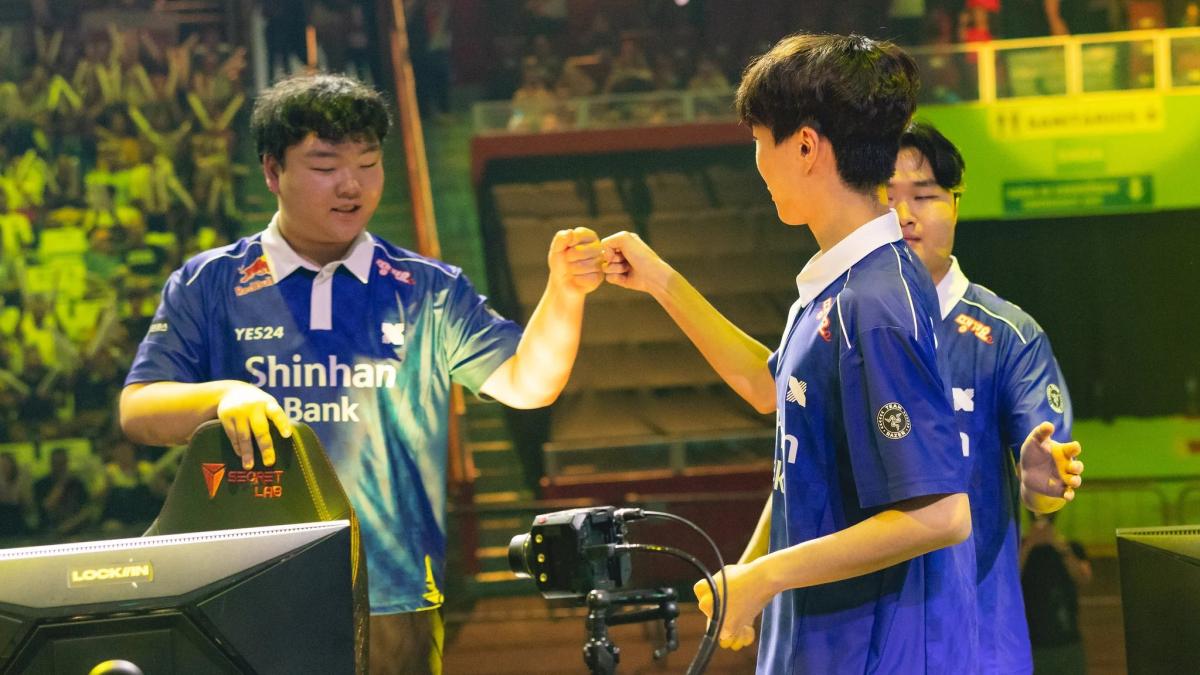
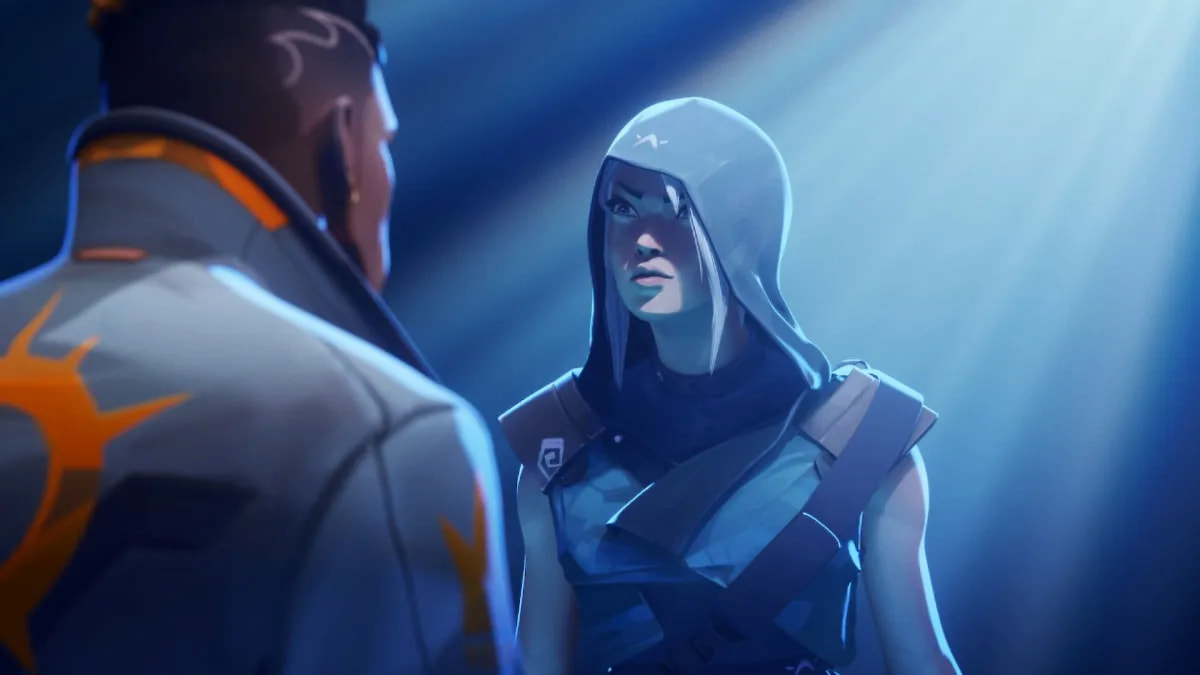
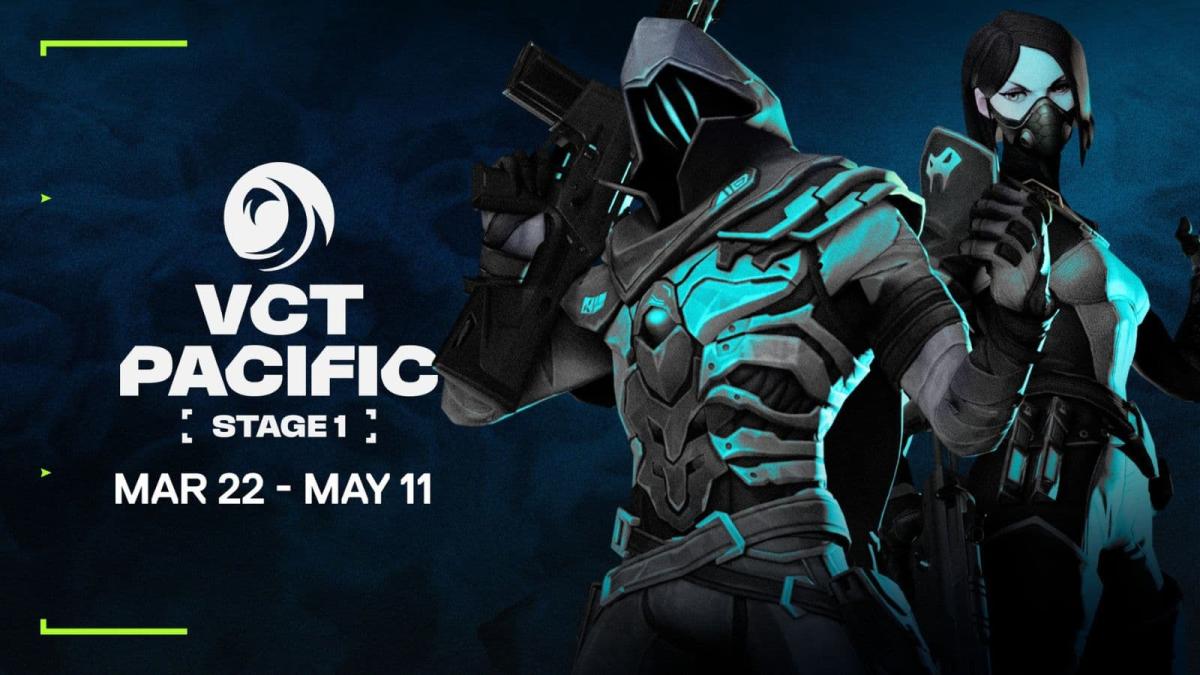
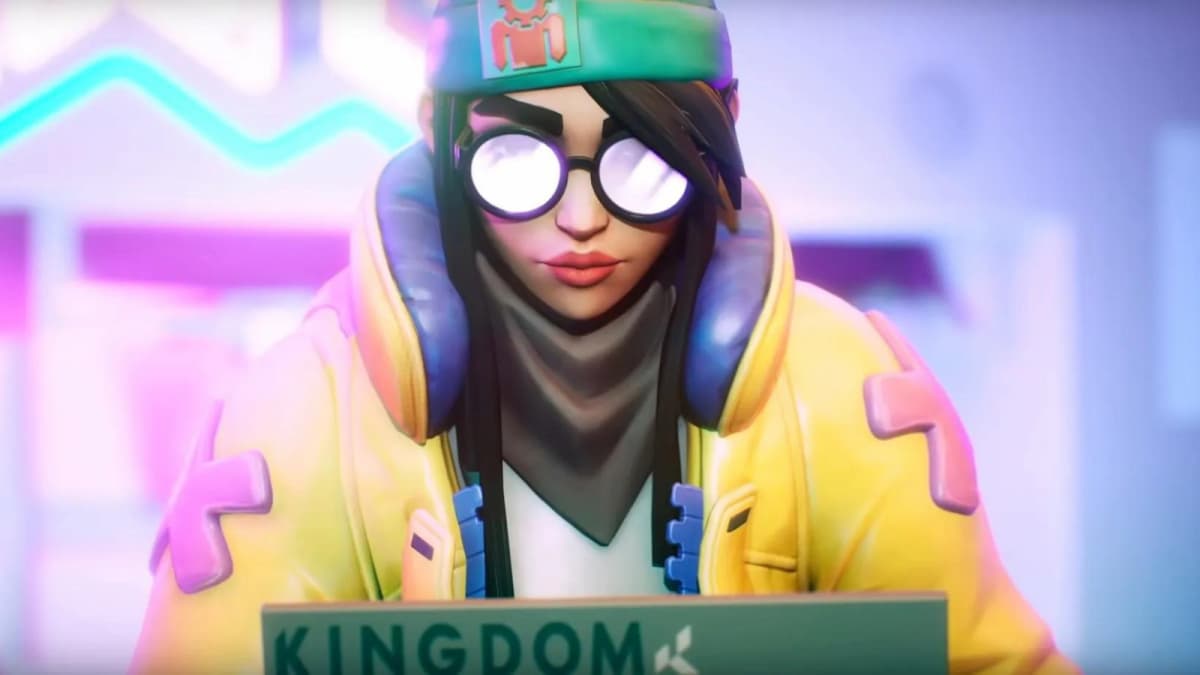
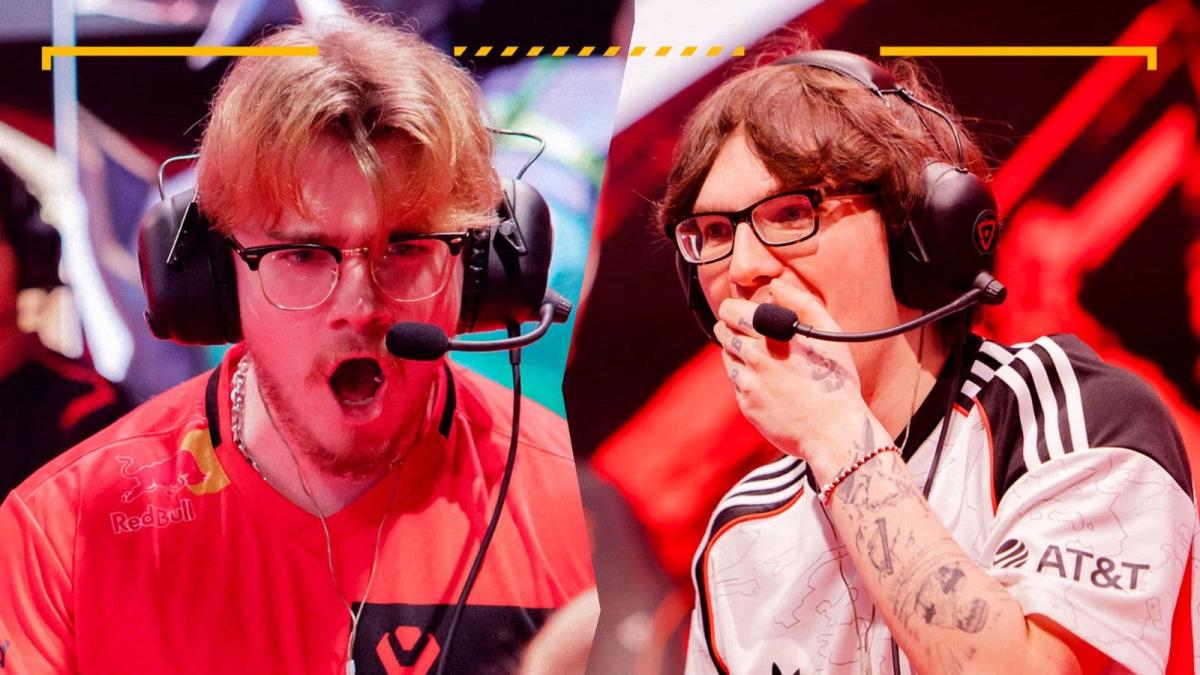
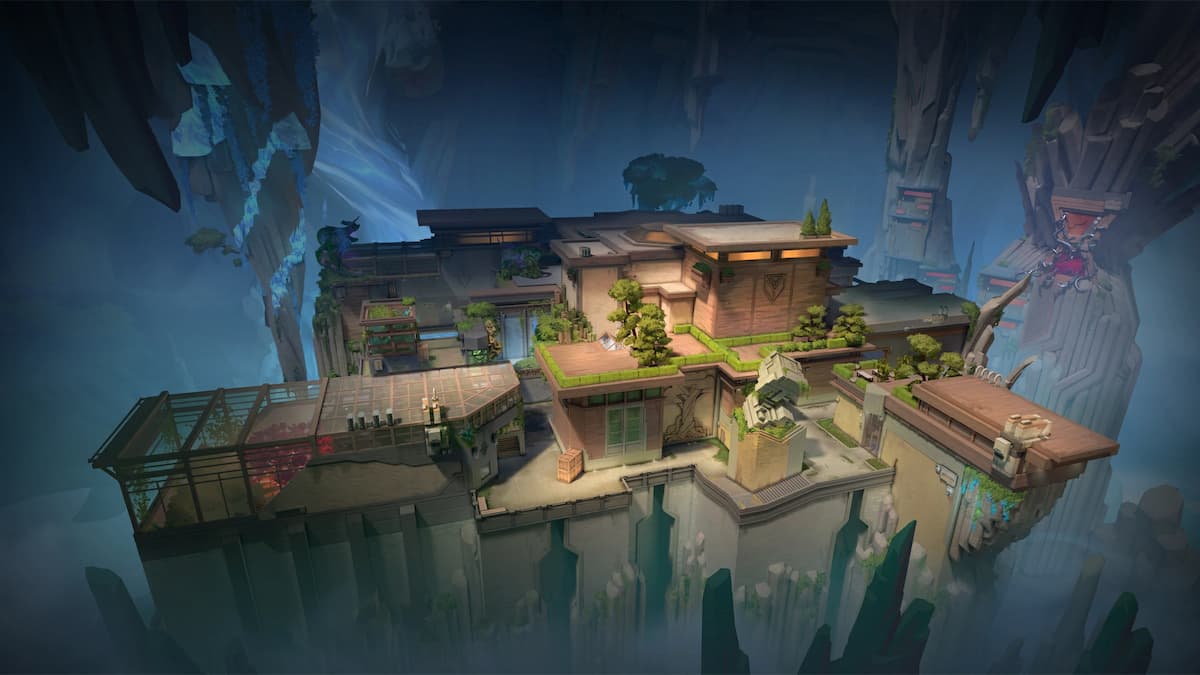
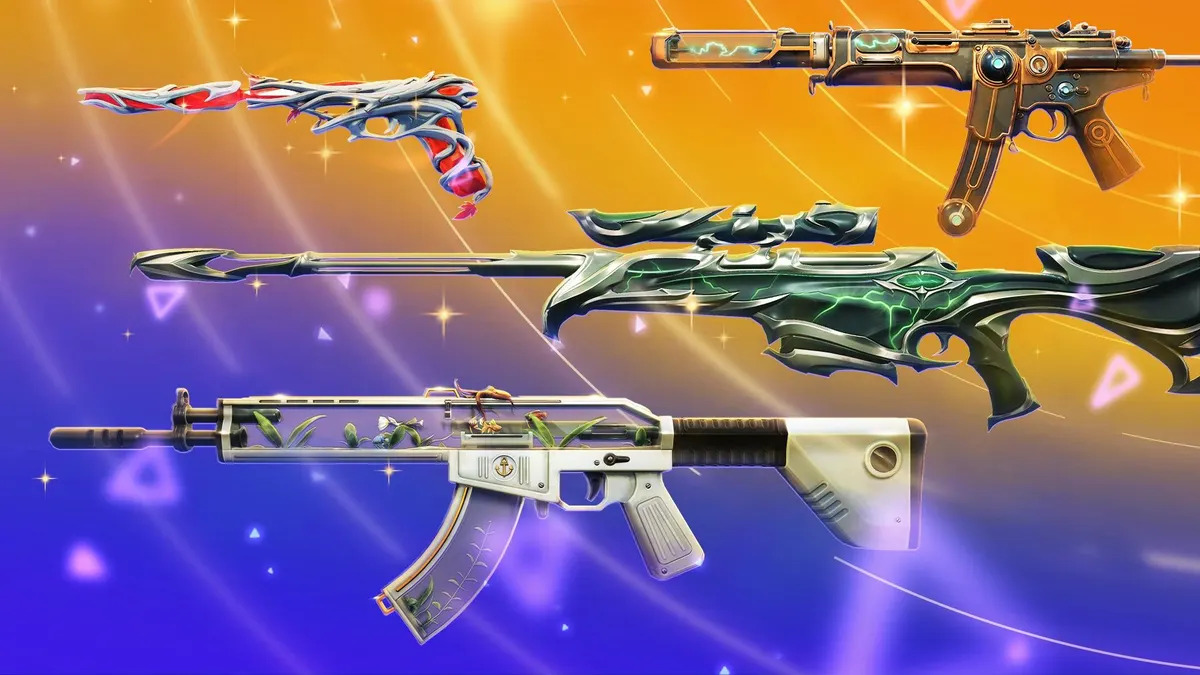
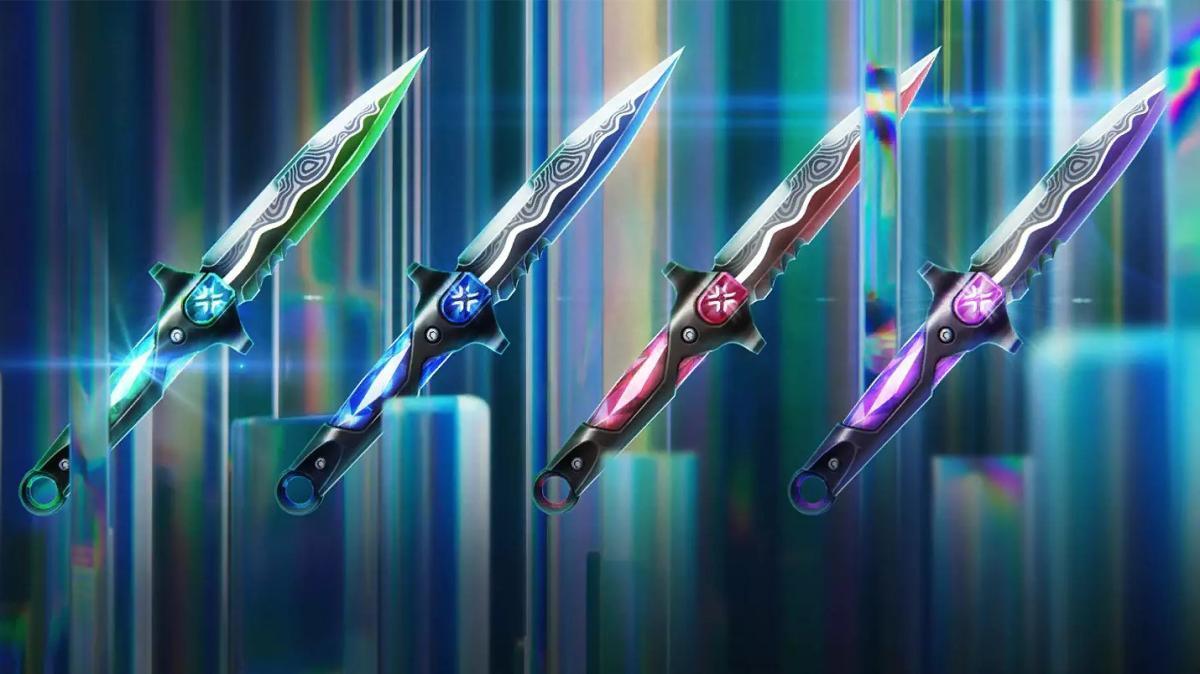
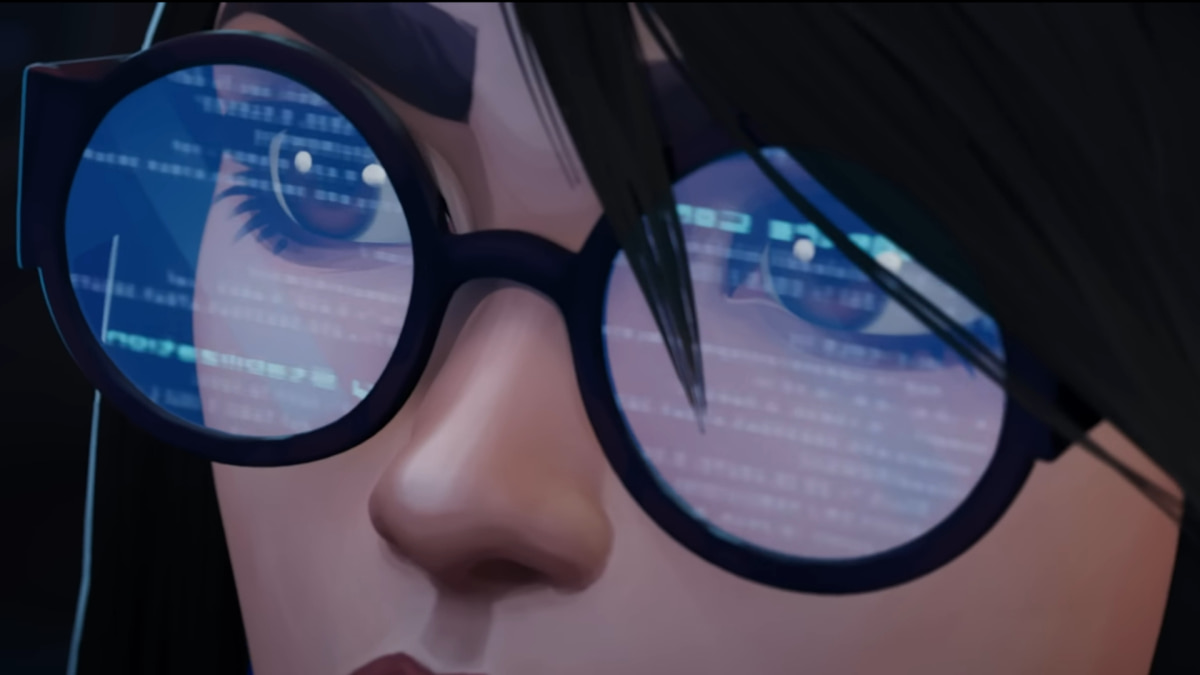
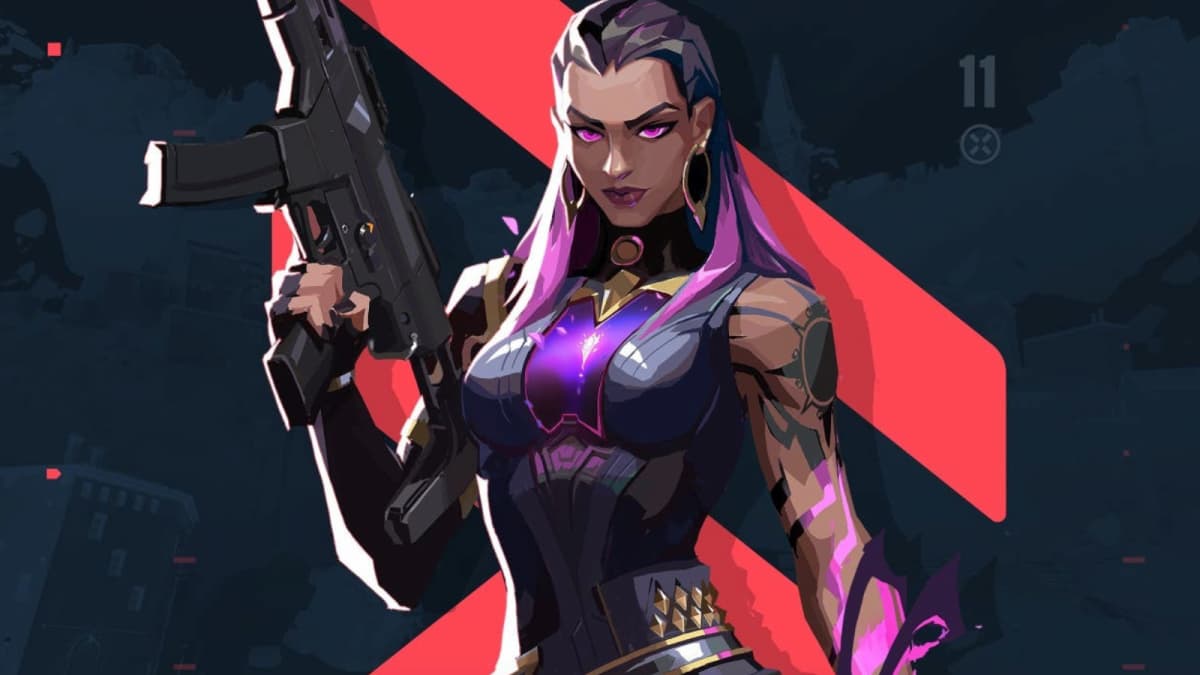
Published: May 19, 2023 07:08 am